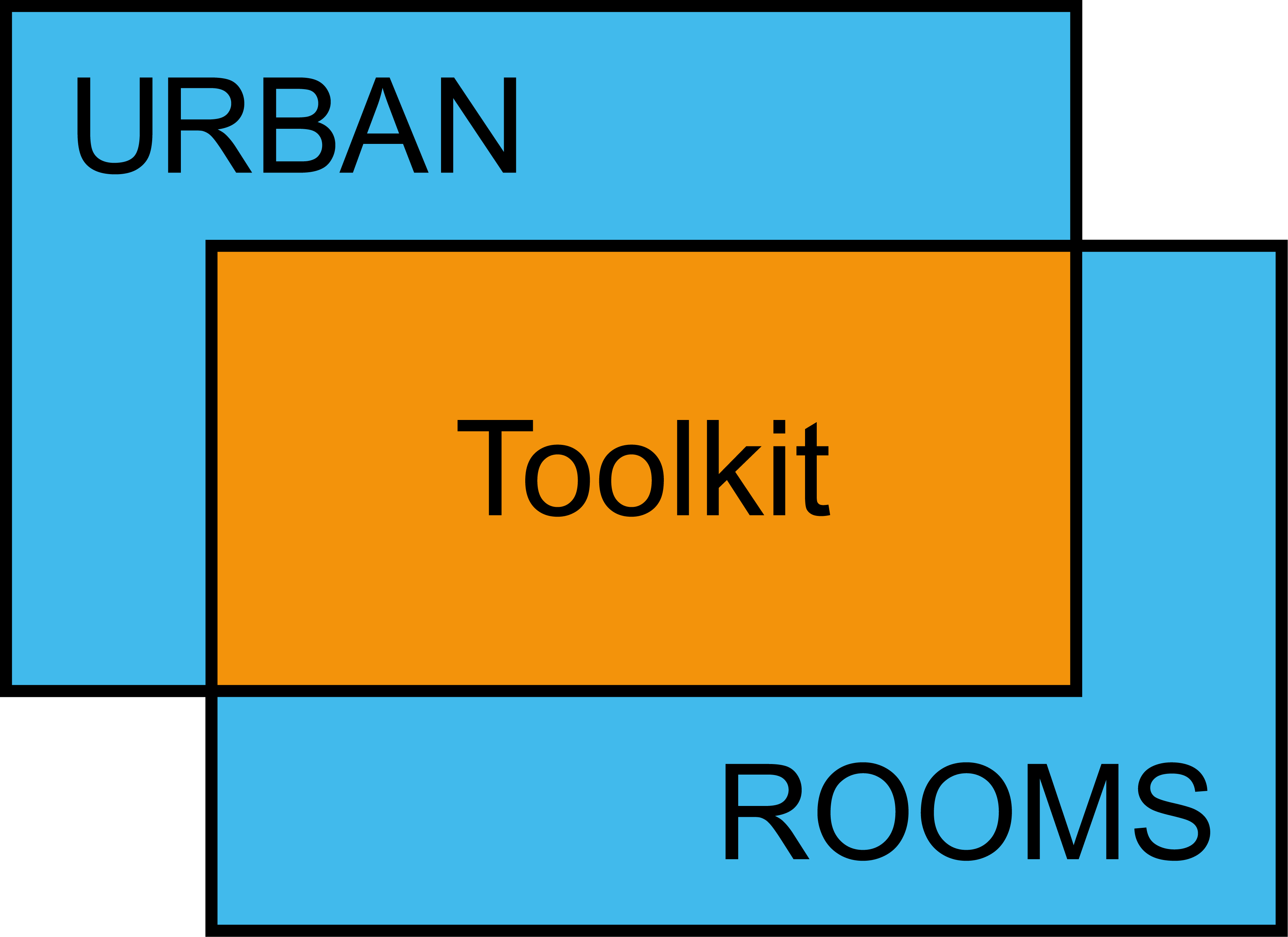


Group: Drawings
Method: ‘What if?’ Drawings
Description of Method:
Drawings can describe a place in the past, as it currently exists and in its possible futures. Within public engagement we often see drawings that are produced by professionals to illustrate a proposed scheme and invite feedback. However, in Urban Room practice we often use drawings differently to this - instead, drawings become tools to prompt discussion between people, to share ideas and to raise aspirations for a place. Rather than the conventional types of computer or technical drawings of plans, sections and elevations that professionals employ you can use the following to open up conversation:
collage, printing, hand drawing, sketching, reuse of existing images
views, storyboards, narrative-based drawings
drawing collectively - simultaneously or taking turns
Purpose of Method:
This method encourages people to visualise and share their hopes and dreams for local buildings, streets and neighbourhoods. These drawings are sometimes called ‘What If?’ drawings because they pose questions about potential futures for a place. They open up possibilities, form connections between people with shared values and become advocacy tools to campaign for positive change.
Suitable Audience:
Drawing activities are engaging for many people, especially children and young people. Since some people may lack confidence in their drawing skills you should aim to create a supportive, informal environment with a broad range of media and techniques available for people to try out, with encouragement from facilitators/artists. When leading a drawing activity about the future of a place try to use informal and engaging techniques that invite conversation and speculation.

Credit: University of Sheffield
Portland Works
Working with architecture students, local school children make ‘what if’ collages for the future of a historic building, using photographs and images from magazines.
Group: Drawings
Method: ‘What if?’ Drawings
Description of Method:
Drawings can describe a place in the past, as it currently exists and in its possible futures. Within public engagement we often see drawings that are produced by professionals to illustrate a proposed scheme and invite feedback. However, in Urban Room practice we often use drawings differently to this - instead, drawings become tools to prompt discussion between people, to share ideas and to raise aspirations for a place. Rather than the conventional types of computer or technical drawings of plans, sections and elevations that professionals employ you can use the following to open up conversation:
collage, printing, hand drawing, sketching, reuse of existing images
views, storyboards, narrative-based drawings
drawing collectively - simultaneously or taking turns
Purpose of Method:
This method encourages people to visualise and share their hopes and dreams for local buildings, streets and neighbourhoods. These drawings are sometimes called ‘What If?’ drawings because they pose questions about potential futures for a place. They open up possibilities, form connections between people with shared values and become advocacy tools to campaign for positive change.
Suitable Audience:
Drawing activities are engaging for many people, especially children and young people. Since some people may lack confidence in their drawing skills you should aim to create a supportive, informal environment with a broad range of media and techniques available for people to try out, with encouragement from facilitators/artists. When leading a drawing activity about the future of a place try to use informal and engaging techniques that invite conversation and speculation.

Credit: University of Sheffield
Portland Works
Working with architecture students, local school children make ‘what if’ collages for the future of a historic building, using photographs and images from magazines.
